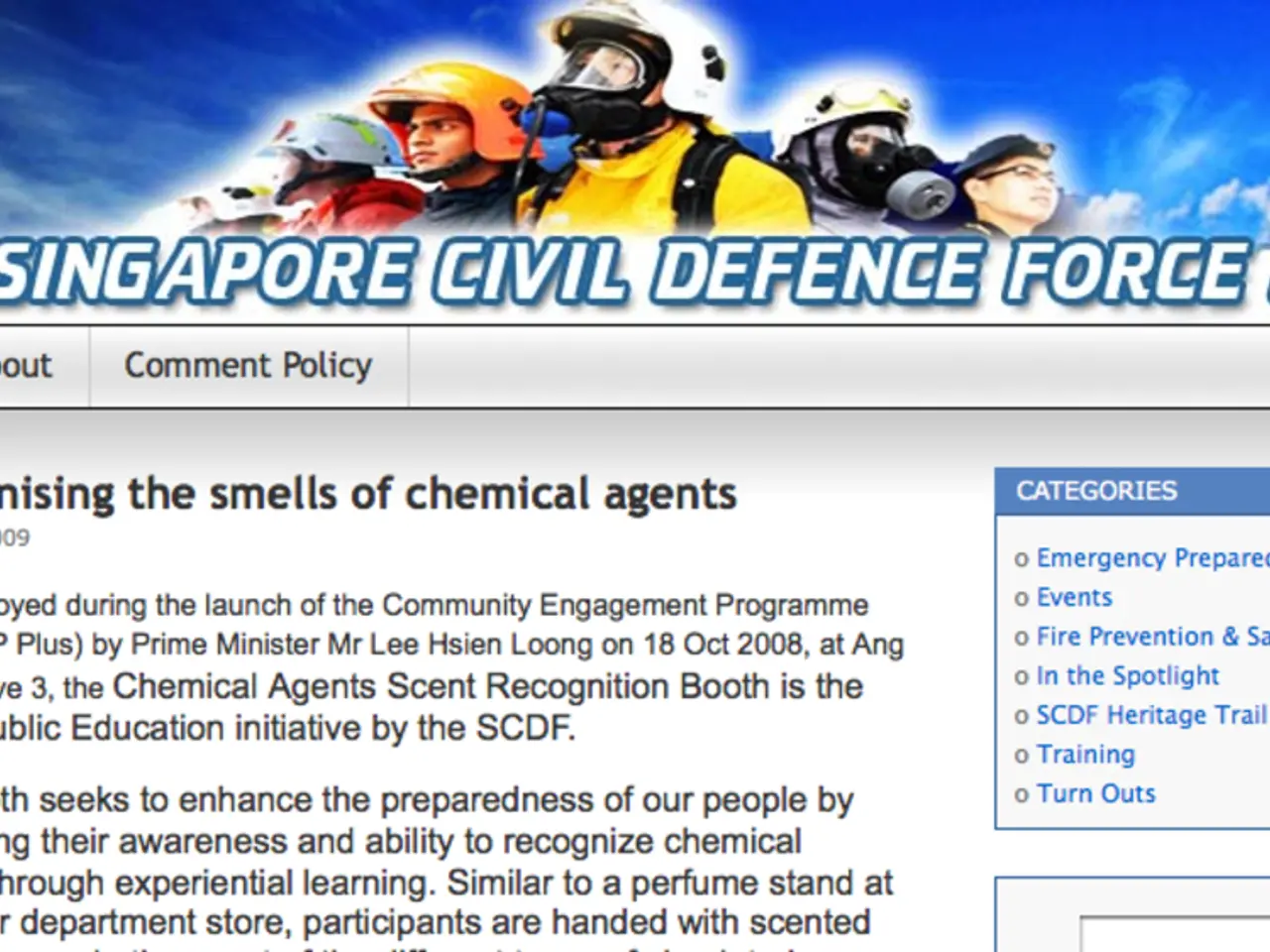Understanding the Psychological Factors Behind Online Popularity
In the digital age, sharing content on social media platforms has become more than just a pastime. It serves as a form of social currency, where individuals aim to present themselves as informed, smart, helpful, and resourceful [1].
The key to creating viral content lies in its relevance to hot topics, cultural moments, global events, or trending news [2]. Emotional contagion, the spread of emotions through content, plays a significant role in this process [2]. Certain emotions, such as anxiety, love, and surprise, have a higher probability of making content go viral because they trigger strong psychological responses that encourage sharing and deeper engagement [1][3].
Research by Yifan Yu and colleagues, published in Information Systems Research, provides insights into this phenomenon [1][3]. They found that anxiety and love cause content to travel farther, faster, and penetrate more deeply into social communities, stimulating extensive peer-to-peer sharing [1][3]. Surprise, too, captures attention, helping posts reach broader and more diverse audiences [1][3].
On the other hand, emotions like anger, sadness, and even joy tend to slow down or limit content diffusion on these platforms [1][3]. Interestingly, joy—though positive—may also produce shallower, less viral cascades [1][3].
The psychological mechanism behind this pattern is that emotions like anxiety (anxiety being a high-arousal, motivational emotion) create urgency and compel users to share information as a way to seek social support or alert others [1][3]. Love fosters bonding and relationship maintenance, motivating sharing to strengthen social ties [1][3]. Surprise acts as a novelty trigger, encouraging sharing due to its unexpectedness [1][3].
Emotional content also influences who shares it and how. Older users and those with stronger social ties tend to share content evoking anxiety, love, and surprise [3]. Women prioritize sharing love and tend to avoid sadness, reinforcing positive social images [3]. Men may share a wider emotional mix, including sadness and joy [3]. Strong social ties typically share more sensitive emotions to maintain close relationships; weak ties use surprise to garner attention beyond immediate circles [3].
Virality also flourishes on exclusivity, with people more likely to share when they feel part of an inside joke or trending movement [4]. Understanding your target audience and catering to their requirements can increase the chances of virality [4]. Online behavior tends to be contagious, with people more likely to engage with content that has received positive feedback from others [4].
The virality of any content depends on the combination of various factors, attributed to both the creator and the consumer [4]. Sharing useful content makes people feel smarter, knowledgeable, and helpful, and strengthens their bonds with others [4]. Content in a visually appealing and easily digestible format is more likely to be shared and acted upon [4].
Even content evoking negative emotions, such as anxiety or anger, is more likely to go viral [5]. The practical value of content posted on the internet influences its virality [5]. Therefore, to maximise reach and impact, creators should harness the emotional core—especially anxiety, love, and surprise—in their posts [1][3][5].
References:
[1] Yu, Y., Liu, X., & Bapna, R. (2016). Emotional Contagion in Social Media: The Role of Emotional Arousal and Valence. Information Systems Research, 27(4), 824-842.
[2] Lee, J. (2018). The Science of Viral Content: Why Some Ideas Catch On and Others Don't. Harvard Business Review.
[3] Yu, Y., Liu, X., & Bapna, R. (2016). Emotional Contagion in Social Media: The Role of Emotional Arousal and Valence. Information Systems Research, 27(4), 824-842.
[4] Berger, K. M., & Milkman, M. L. (2012). What Makes Online Content Go Viral? Journal of Marketing Research, 49(5), 702-715.
[5] Berger, K. M., & Milkman, M. L. (2012). What Makes Online Content Go Viral? Journal of Marketing Research, 49(5), 702-715.
[5] Berger, K. M., & Milkman, M. L. (2012). Identifying the Minimal Information Needed to Make Content Go Viral. Journal of Marketing Research, 49(6), 1039-1048.
Social media serves as a platform for not only sharing content but also for entertainment, as the key to creating viral content lies in its relevance to trending topics or events, which can evoke emotions such as anxiety, love, and surprise, known to boost shareability and engagement [1][3]. User behavior indicates that older users and those with stronger social ties are more likely to share emotionally-charged content, particularly anxiety, love, and surprise [3].








